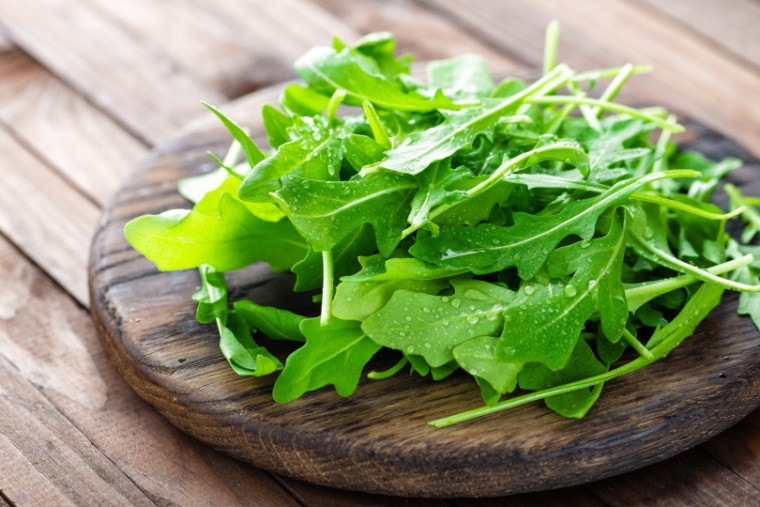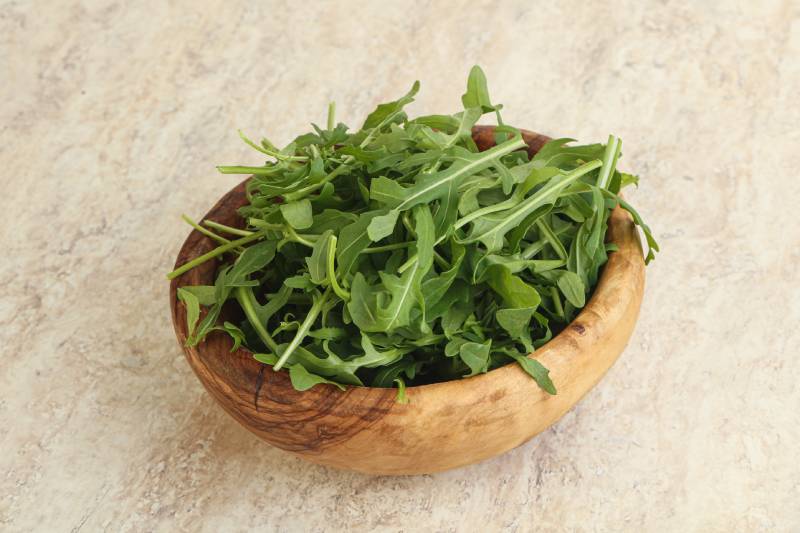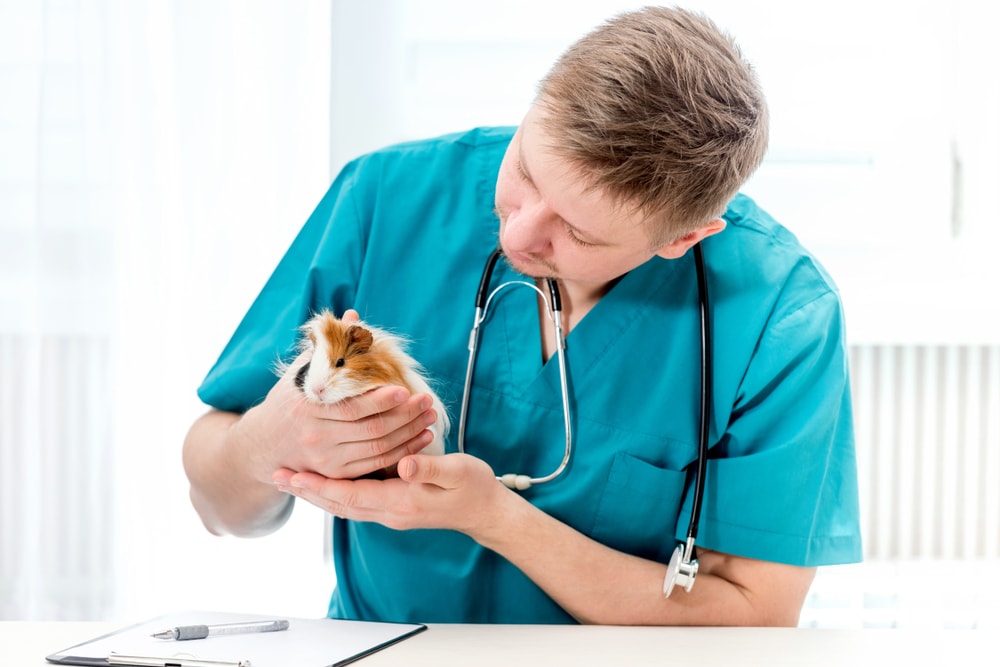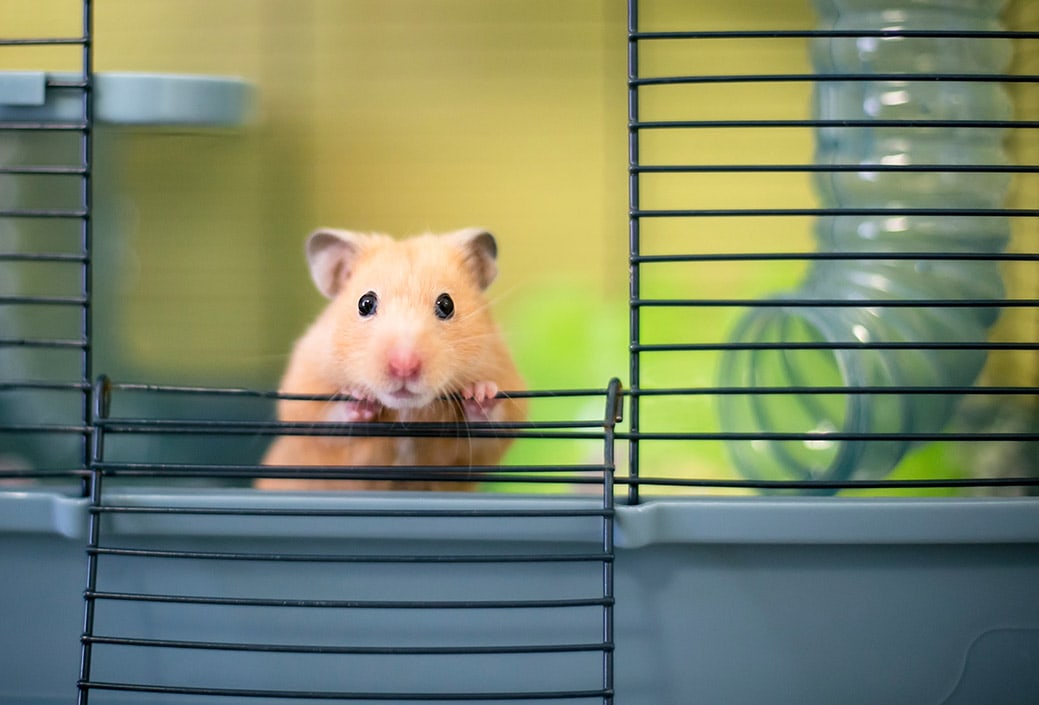
Click to Skip Ahead
Arugula is a leafy green vegetable with a mild, spicy taste that can be added to salads for a little extra excitement. Like most leafy greens, arugula is highly nutritious, and if you are a hamster owner, you know that there is an abundance of vegetables that your hamster can enjoy, but is arugula one of them?
Hamsters can eat arugula, but only in moderation since too much arugula or any leafy green can cause digestive issues for your pet. In this article, we’ll explain the pros and cons of arugula, how you can safely offer it to your hamster, and some tips to keep your pet hamster healthy and happy.
Can Hamsters Eat Arugula?
Arugula can provide your hammy with variety and nutritional benefits, but they should only eat the leafy green occasionally since too much can cause digestive issues. You can safely offer it to your hamster as an occasional snack, but never feed arugula to your hamster as a part of their regular diet.

Is Arugula Good for Hamsters?
Arugula is rich in vitamins A, C, K, calcium, magnesium, potassium, iron, and folate. Vitamin A is an excellent antioxidant and supports the lungs, kidneys, heart, skin, and eyes. It can help improve your hamster’s immunity by eliminating free radicals in their body. Vitamin C is also great for immune and eye health, and vitamin K supports bone health.
The calcium in the arugula supports and maintains strong and healthy bones and assists in the correct function of your hamster’s heart, nerves, and muscles. Magnesium is excellent for bone and joint support, and folate assists in the production of DNA and RNA and the production of red and white blood cells in the bone marrow.
Are there Risks to Feeding Hamsters Arugula?
While arugula can provide some variety in your hamster’s diet, it is important that it is only offered in moderation, as too much can be harmful.
Arugula is high in water and too much can cause digestive issues for your hamster, leading to diarrhea. If your hamster experiences diarrhea, it can sometimes lead to dehydration, which requires veterinary treatment.

How Much Arugula Can Hamsters Eat?
You can offer your hamster a small amount, about the size of a quarter, and leave it in your hamster’s cage. Arugula is not recommended for baby hamsters since their stomachs are much smaller, and the risk of stomach problems is greater.
You can feed your hamster a small amount of arugula once or twice a week. Some hamsters will tolerate arugula better than others, so it’s important to offer them a tiny portion if it’s their first time trying it and then monitor your pet for signs of stomach issues. It is best to always consult with your veterinarian before serving a new food to your pet hamster.
The Correct Diet Is Important
While arugula can be a healthy and enjoyable snack for your hamster, it is important that it is only offered as an occasional snack and not as a part of or a replacement for their regular diet.
Some people are surprised to learn that hamsters are more omnivores than herbivores! In the wild, hamsters eat various insects and worms along with seeds and plants.
Conclusion
Arugula is a popular leafy green that your hamster can enjoy. However, it should only be served as an occasional treat, along with their regular, balanced diet. Too much arugula can lead to digestive issues for your hamster, which can be uncomfortable and lead to further health issues such as diarrhea and dehydration.
To safely feed your hamster arugula, you can offer a quarter-sized leaf about once or twice a week. Monitoring your hamster’s health is essential, especially if you are serving arugula for the first time. Most importantly, we recommend consulting your vet before serving new food to your pet.
Featured Image Credit: Sea Wave, Shutterstock








